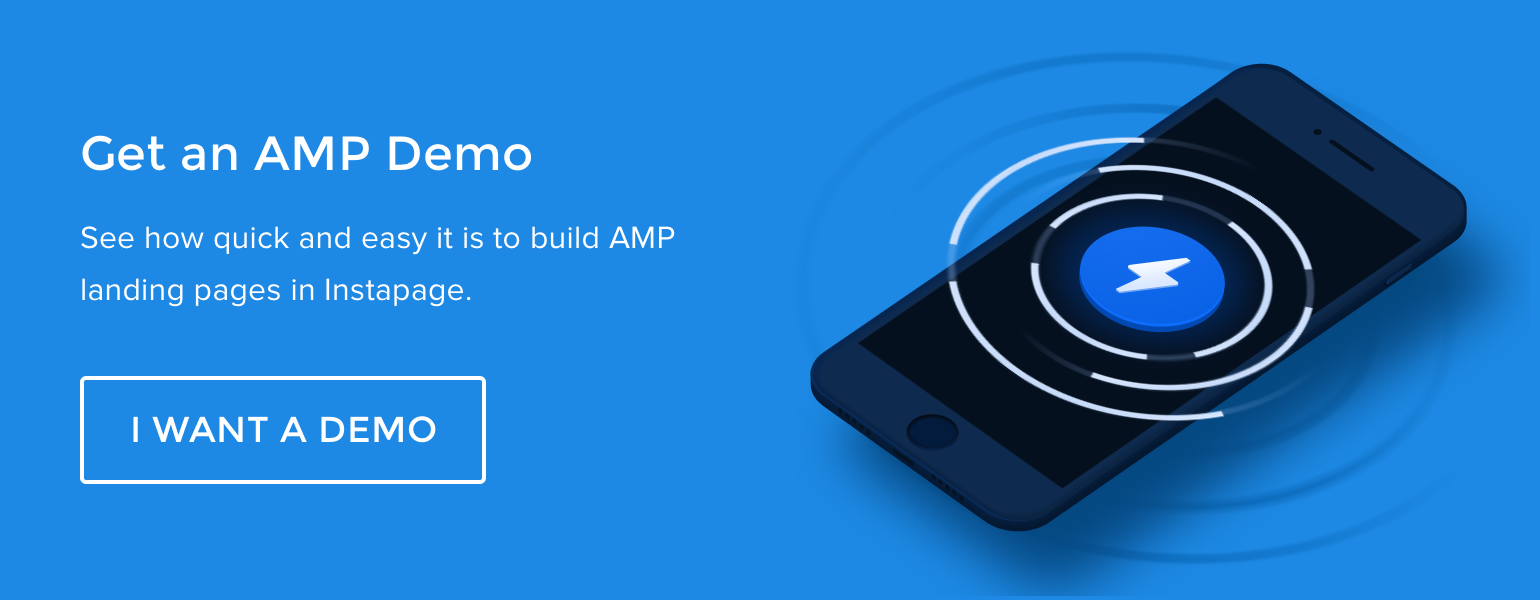According to Google, even a one-second increase in page load time can decrease conversions by 20%. To better help advertisers offer faster mobile experiences, Google has released tools like Accelerated Mobile Pages and PageSpeed Insights. One of those releases, Google Ads parallel tracking, finished rolling out earlier this year. And according to this announcement, implementation will be required by all Google Ads users in October 30, 2018.
What is parallel tracking?
Parallel tracking is an alternative to traditional click tracking offered by Google, which speeds page load time by running third-party trackers in the background instead of redirecting the user. This, according to Google, can majorly speed up load time:
With parallel tracking, users will head immediately to your post-click landing page after clicking your ad while their browser processes URL tracking requests in the background. We've seen this help users on slower networks reach post-click landing pages up to several seconds faster. When more visitors can reach and engage with your site more quickly, this can help reduce wasted ad spend and increase conversions for your business.
![]()
It’s true, making the most of ad spend involves shortening load times. Previous research by Google confirms that:
![]()
By improving load time, parallel ad tracking is likely to improve bounce rate. Fewer bounces means more opportunities for conversion from Google shopping campaigns and search campaigns (currently the only campaign types supported). Here’s a quick step-by-step of what the process of clicking an ad looks like with and without Google parallel tracking.
Before parallel ad tracking, the process looked like this:
- Customer clicks your ad
- Google Ads click tracker loads
- Tracking URL loads
- Possible additional tracking URL loads
- Customer sees your post-click landing page
With parallel ad tracking, the process looks like this:
- The prospect clicks your ad
- The prospect sees your post-click landing page
Simultaneously in the background, the Google Ads click tracker loads, the tracking URL loads, and additional redirects may also load if you’re using more than one click tracker.
For the user, the difference is a much less clunky post-click landing page experience. For the advertiser, the difference is a user more likely to convert. But adopting the tech doesn’t come without one major challenge.
A warning from Google about parallel ad tracking
Google claims it’s partnering with third-party tracking companies to integrate their tech with the new tool. However, not all those partners may be ready to handle parallel tracking. It’s important to check with your click measurement provider to ensure they are. It’s also important to inquire about whether certain click measurement features of theirs may impair parallel tracking capabilities.
If there are any incompatibilities between your provider and parallel ad tracking, the consequences could be major. Your tool may stop working, or even your post-click landing page could go down. If you’ve discovered parallel tracking is compatible with your current software, here’s how to turn it on:
How to enable parallel tracking
- Sign in to your Google Ads account.
- In the navigation menu, click All campaigns.
- In the page menu on the left, click Settings.
- Click Account Settings.
- Click Tracking.
- Click the switch next to “Parallel tracking” to turn it on.
Speed up your post-click landing page
As more advertisers learn the importance of a smooth post-click landing page, more have attempted to optimize it. Along with the open-source AMP project, this is yet another attempt from Google to improve user experience, and in turn, ROI of the advertisers who deliver it.
Begin improving your post-click landing page today with AMP-compatible post-click landing pages from the most robust post-click optimization platform.
